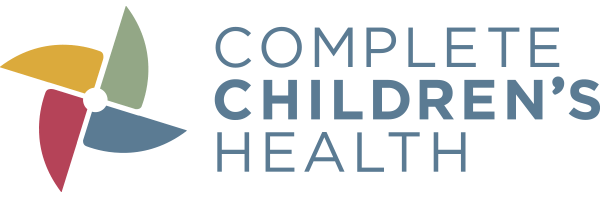There is always something going around. Every summer and fall we see an influx of the very common viruses found in the Enterovirus family. There are over 100 types of known Enteroviruses, which although in the same family, can look very different in our kids. There are different types that circulate every few years. The more common types cause throat and mouth sores, rashes, and diarrhea. This year Enterovirus D68 has been in the news due some of the more severe respiratory symptoms it has caused. This is not a new virus. In fact, it was first detected back in 1965. This type of Enterovirus causes predominantly respiratory symptoms: mild runny nose and cough to bronchiolitis or pneumonia. There have been some clusters of cases, just like we see with the flu and RSV (Respiratory Syncytial Virus), resulting in hospitalizations. Some cases have been more severe, requiring supportive ICU care. However, let’s remember that the Flu and RSV put children in the same situation every year. Consequently, there is no need to panic! Clinics and Hospitals are treating Enterovirus D68 in the same manner as RSV or the Flu by putting measures in place to help decrease the spread of the virus. We can do the same by reminding everyone to:
• Avoid visiting the hospital if you are sick with fever or respiratory symptoms, especially if under 14 yrs.
• Wash hands with soap and water for 20 seconds especially after changing diapers or helping children with toileting.
• Avoid touching eyes, nose, and mouth with unwashed hands.
• Avoid kissing, hugging, or sharing cups or utensils with people who are sick.
• Disinfect frequently touched surfaces such as toys and doorknobs. (Avoid touching or licking toys and doorknobs at your Pediatrician’s office…that’s not new advice though)
There is no specific treatment for this virus. Normal supportive care is provided such as anti-fever medicine, pushing fluids, and rest at home. Most infections are mild and self-limiting. Seek medical attention if symptoms are not improving over three to four days, worsening, or children are having difficulty breathing. This is especially true in children with increased risk such as those with Asthma, other chronic medical illnesses and premature infants with lung disease.

